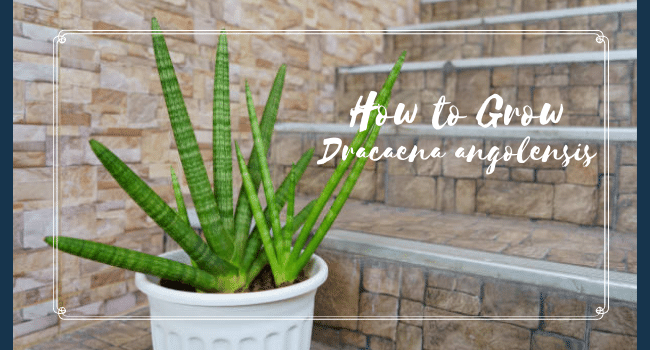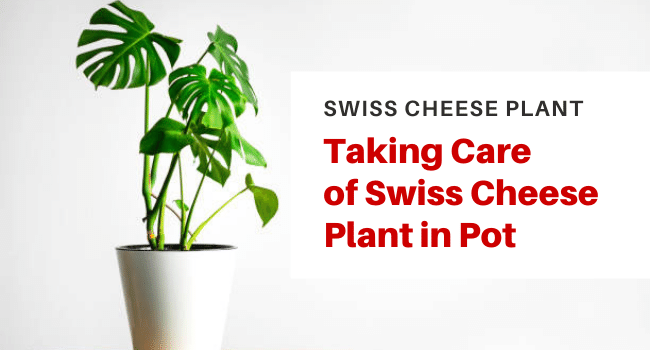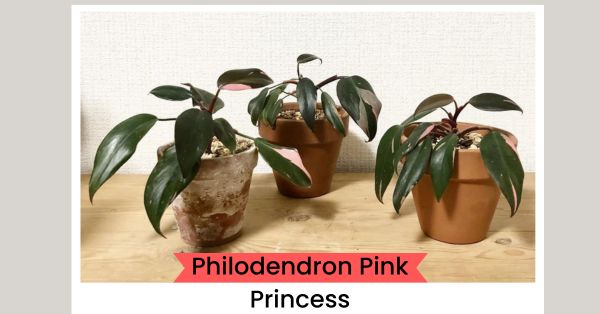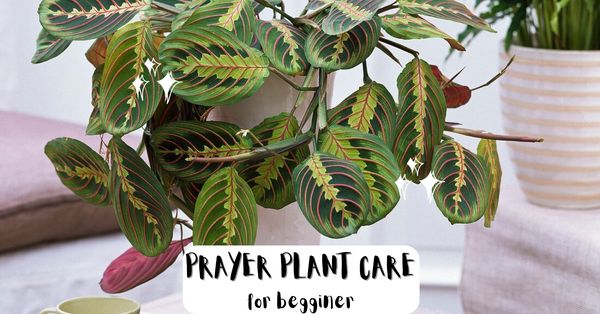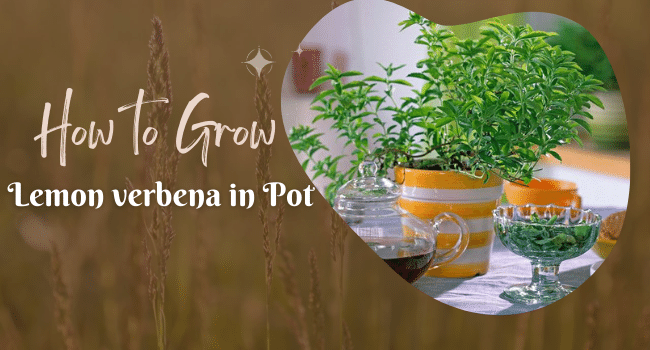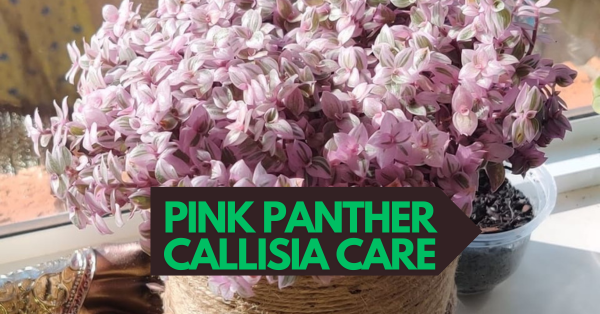21 Ferns that Grow Indoors | Growing Ferns Indoors as Houseplant
Amaze anyone by growing ferns indoors as houseplants. Here is the list of best ferns that grow indoors!
Ferns purify the surrounding air by removing pollutants and can easily be grown indoors as a houseplant. Ferns stand out with their graceful and delicate fronds and reproduce via spores. But not all ferns grow indoors, as many prefer the outdoors. So before you plan to grow fern indoors, it’s essential to know which type of fern will do best indoors. Below we have compiled a list of Best ferns that Grow Indoors.
1. Boston Fern
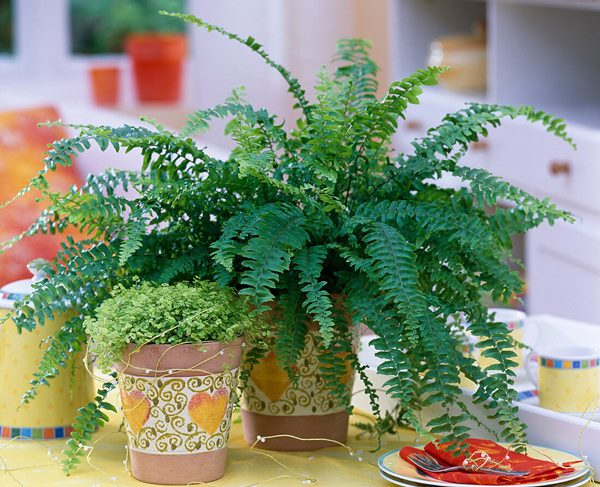
Scientific Name: Nephrolepis exaltata
Also known as sword fern, Boston fern is among the most popular fern grown indoors in the US and elsewhere. You can grow it both in containers and hanging baskets. The arching fronds of mature Boston fern are graceful and treat for the eyes.
2. Cotton Candy Boston Fern
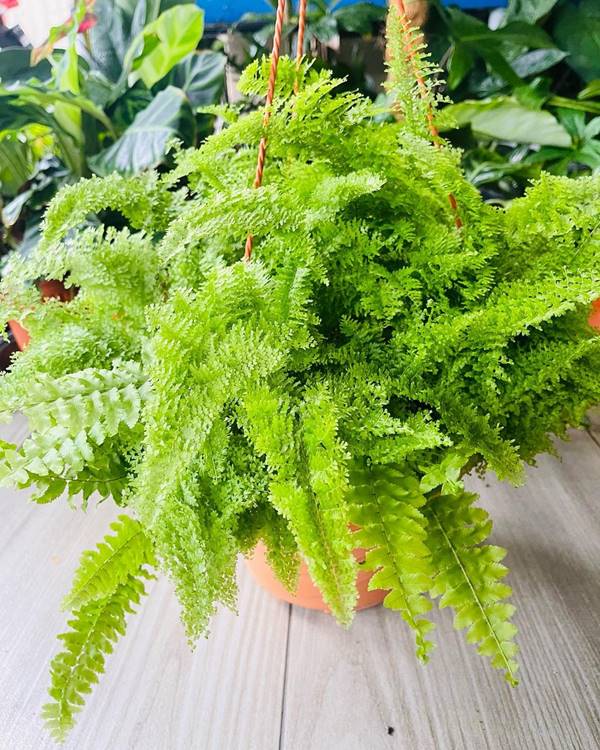
Scientific Name: Nephrolepis exaltata’ Cotton Candy’
Cotton candy is a popular variety of Boston fern characterized by fine feathery fronds. Fluffy chartreuse-colored fronds add color and liveliness to any home interior. Water regularly and place the pot at shaded to keep it happy!
3. Western Sword Fern
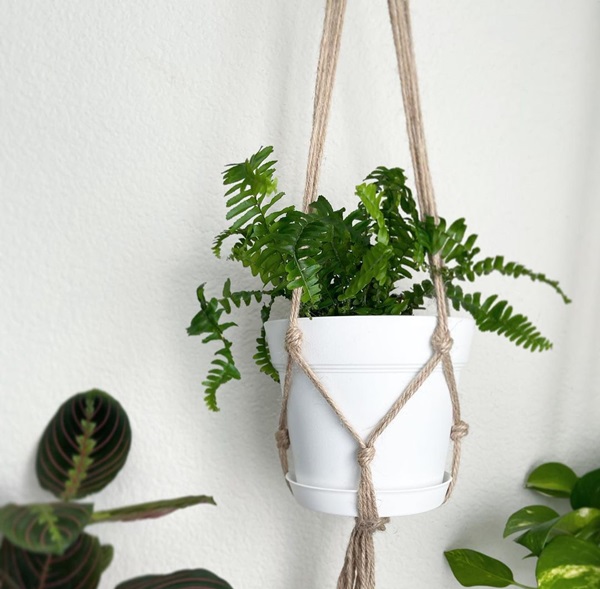
Scientific Name: Polystichum munitum
People often confuse Western sword fern with Boston fern because of the common name. Native to western North America its thin and long sword-shaped fronds are recognized worldwide. To grow it successfully indoors, overwinter the planter or container.
4. Bird’s Nest Fern
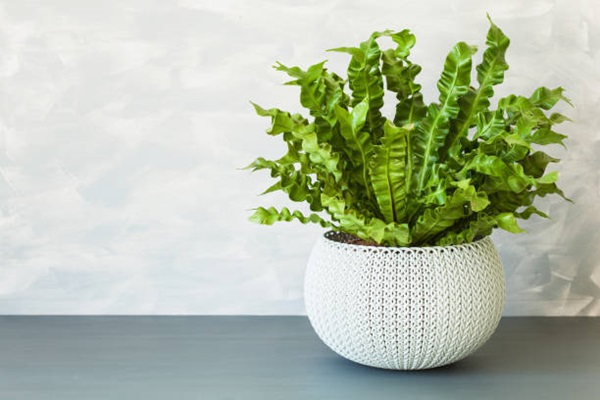
Scientific Name: Asplenium nidus
The long leathery fronds grow outward from the center and create a shape similar to a bird’s nest, hence the name. The light-green foliage has wavy edges and resembles banana leaves when they mature. Growing to a couple of feet tall indoors, it is more forgiving in less humidity than other indoor ferns.
5. Austral Gem Fern
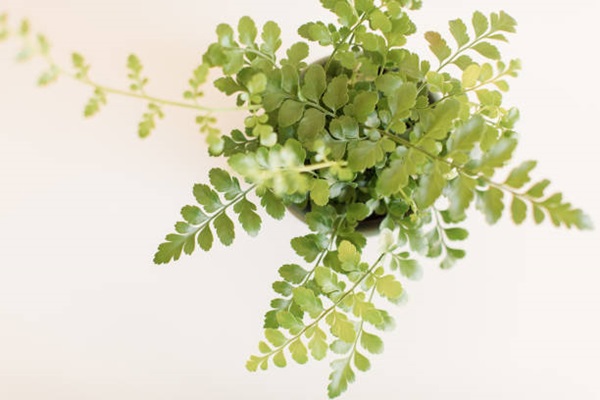
Scientific Name: Asplenium hybrid ‘Austral Gem’
Thick waxy fronds of Austral gem look striking under indoor lights and even appear artificial sometimes. It’s a hardy hybrid of Asplenium fern, adaptable to low and bright lights and periods of drought.
6. Maidenhair Fern
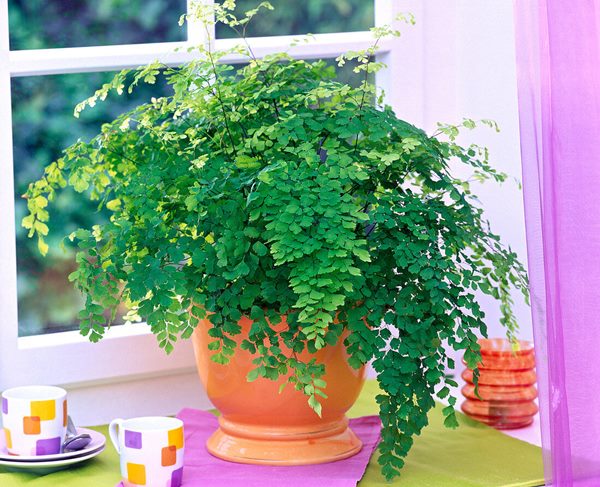
Scientific Name: Adiantum
Maidenhair fern is the Madonna of the fern world with delicate fan-shaped leaves. Due to the slow growth rate and high humidity needs, it makes a perfect houseplant for terrariums. Make sure to keep the potting mix moist and mist in pots, or the fronds wilt.
7. Rabbit’s Foot Fern
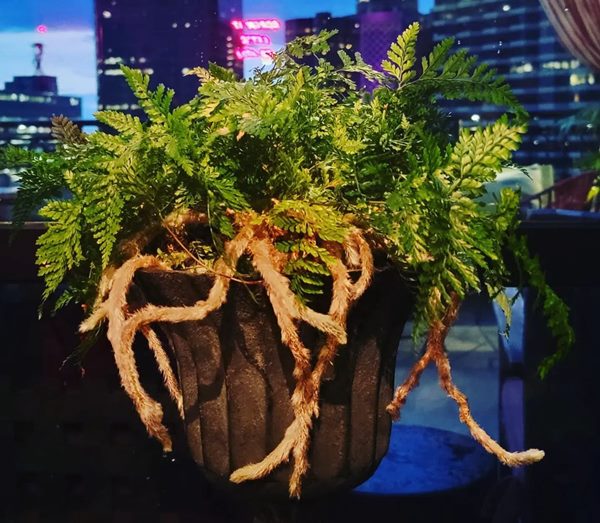
Scientific Name: Davillia fejeensis
Unlike other indoor ferns, Rabbit’s foot won’t create a mess and is low on maintenance. The rhizomes grow on the surface of the potting mix and are covered with thin brown hairs which resemble Rabbit’s feet. It looks stunning in hanging baskets with rhizomes clinging to the edges of the pot, adding more interest.
8. Button Fern
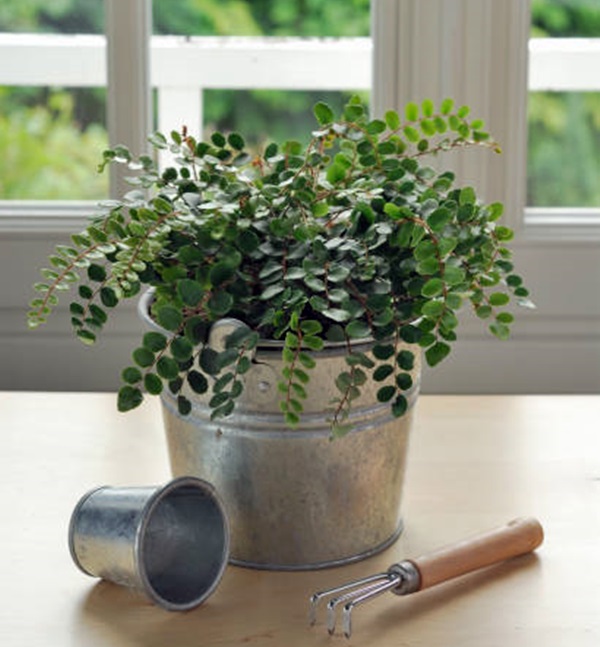
Scientific Name: Pellaea rotundifolia
Also known as round-leafed fern, it’s a small houseplant with dark round leaves growing on thin, wiry stems. Button fern is perfect for the bathroom and kitchen, where it’ll thrive under humidity and warmth. Growing from 12-18 inches tall, it’s an ideal candidate for small pots.
9. Mother Spleenwort Fern
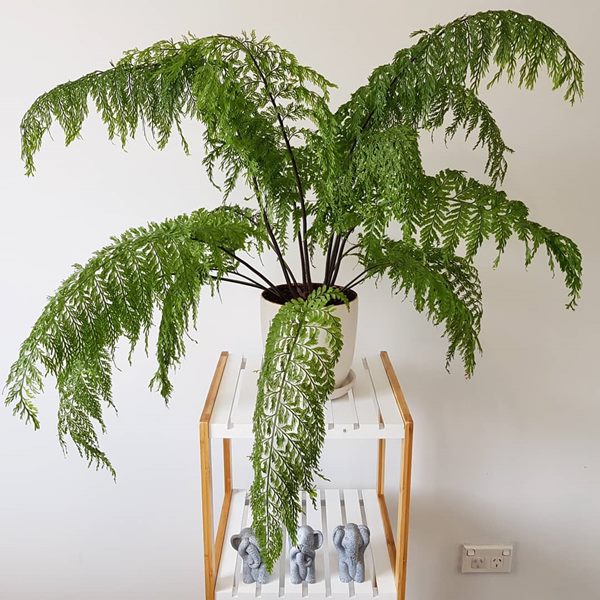
Scientific Name: Asplenium bulbiferum
The finely serrated fronds of Mother fern give it a feathery appearance that makes for a wonderfully unique houseplant. Propagating mother fern is the easiest because of the offsets that fall off large leaves and give rise to baby plants. It is historically believed that mother fern possesses medicinal properties and treats spleen-related ailments.
10. Cretan Brake Fern
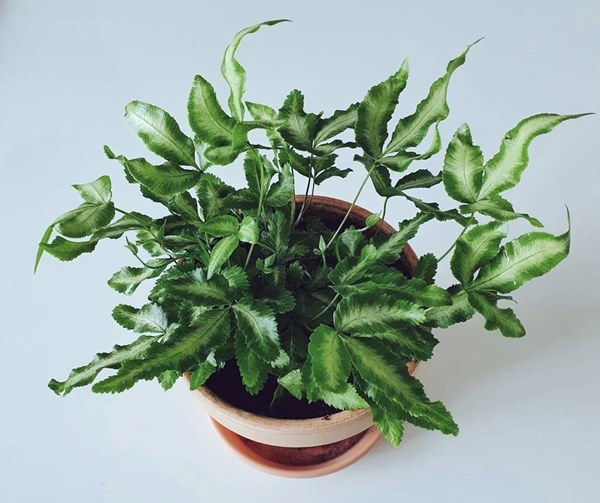
Scientific Name: Pteris cretica
This indoor fern is also named Ribbon fern because of the silver stripe running along the length of the foliage. This variegated fern cultivar is easy to grow indoors with low care requirements. Growing to a couple of feet tall and wide, it looks stunning in pots and hanging baskets.
11. Kimberly Queen Fern
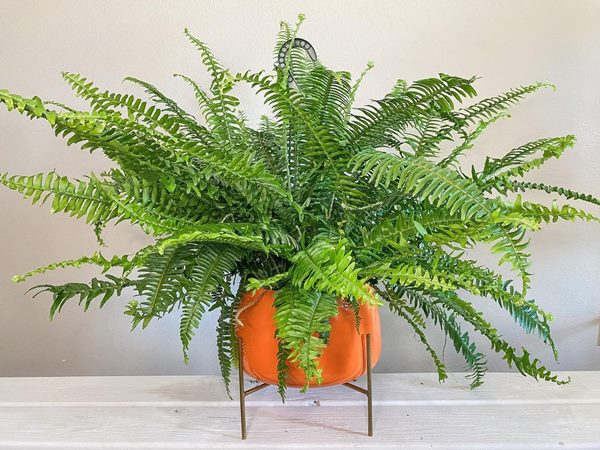
Scientific Name: Nephrolepis obliterata
Lush green fronds of Kimberly queen are sword-shaped and arch gracefully. You can grow them indoors throughout the year or overwinter them come winter. Consistent moisture and high humidity are needed to keep the fern healthy.
12. Staghorn Fern
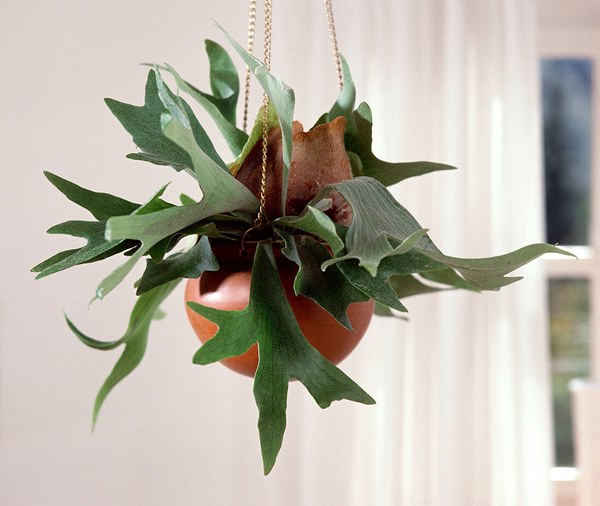
Scientific Name: Platycerium
The large green fronds of this fern resemble the horns of stag or elk, which is why it’s also called elkhorn fern. The ferns in this genus are epiphytic and form a group of 18 species of fern. Go for a mixture of peat and sphagnum moss to grow this fern.
13. Kangaroo Paw Fern
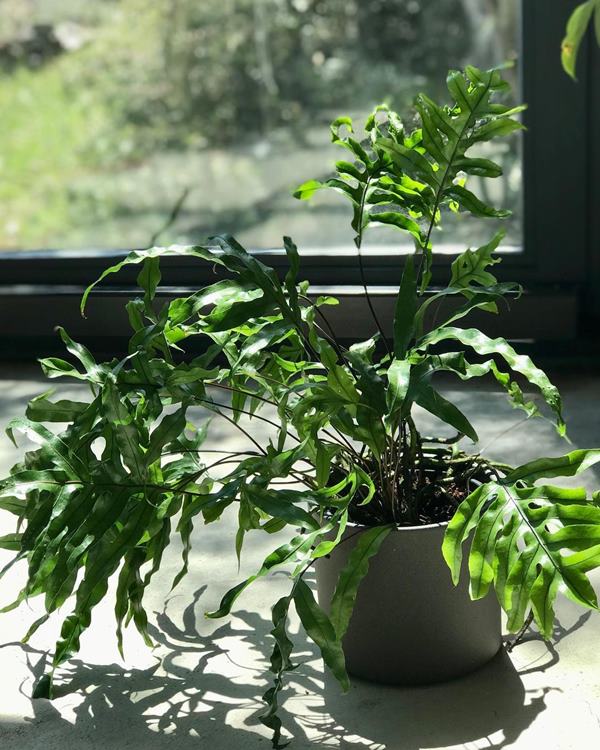
Scientific Name: Microsorium diversifolium
The long, thin strap-shaped leaves resemble a kangaroo’s paw and form a dense mound with fronds. Apart from the rhizomes that stick to the container, it also blooms in spring and summer. Due to the spilling-over foliage, it looks great in hanging baskets as well.
14. Holly Fern
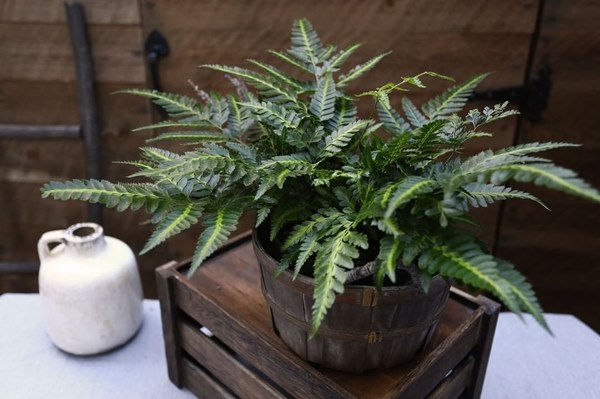
Scientific Name: Cyrtomium falcatum
The deep green foliage of holly fern is serrated and contrasts nicely with any background in an indoor space. It’s more tolerant to low lighting than other ferns making it an ideal indoor fern specimen. Grown indoors in the container, it also makes an excellent border plant or ground cover outdoors.
15. Lemon Button Fern
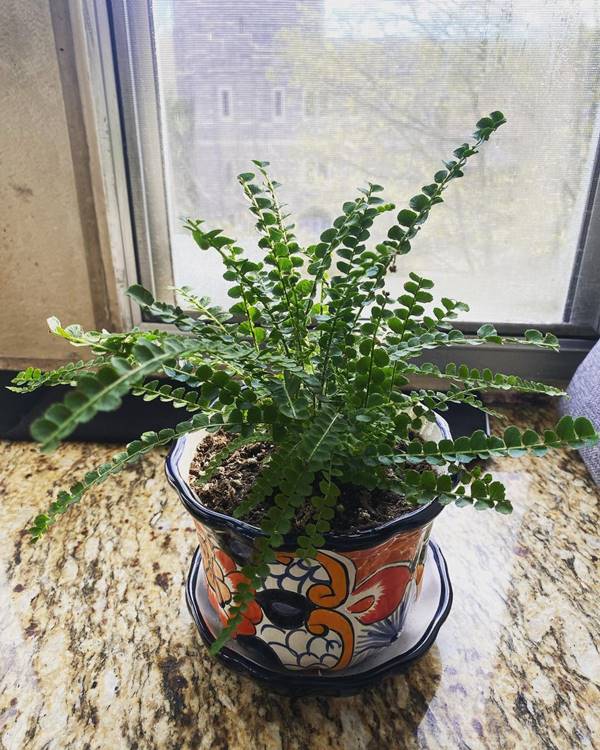
Scientific Name: Nephrolepis cordifolia’ Lemon Button’
Lemon button fern is versatile and goes well with any decorating style indoors in a pot or hanging baskets. The arching fronds are made up of small button-shaped leaflets that are bright green and have a bit of golden hue.
16. Crocodile Fern
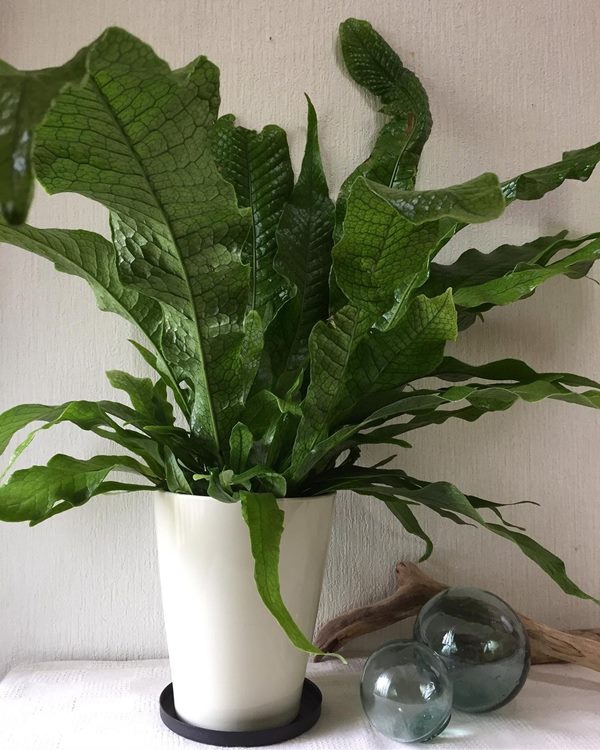
Scientific Name: Microsorium musifolium ‘Crocodyllus’
The crocodile fern stands out with the reptilian-like scales over the fronds that pique the interest. Its care requirements are similar to other fronds and require high humidity and warmth.
17. Blue Star Fern
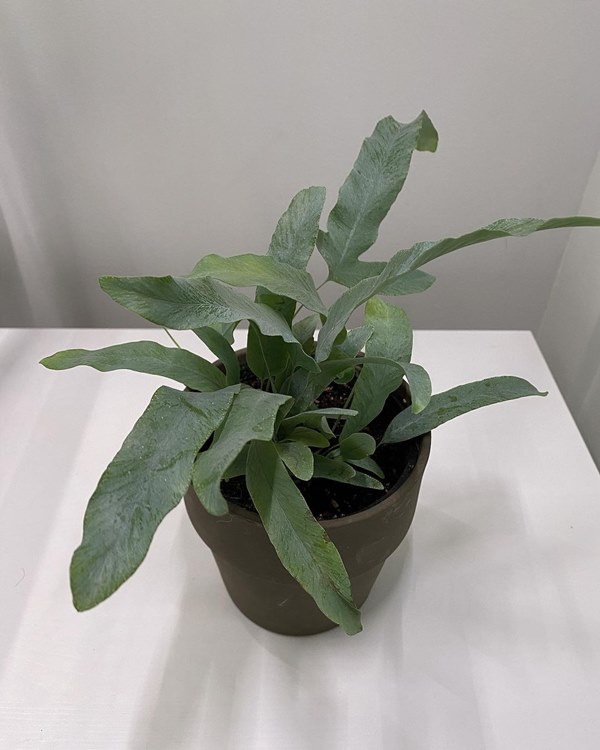
Scientific Name: Phlebodium aureum
The highlight of the blue star fern is the unique bluish-gray and deeply lobed fronds. The fronds are irregular in shape, giving this houseplant an abstract appearance.
18. Long Strap Fern
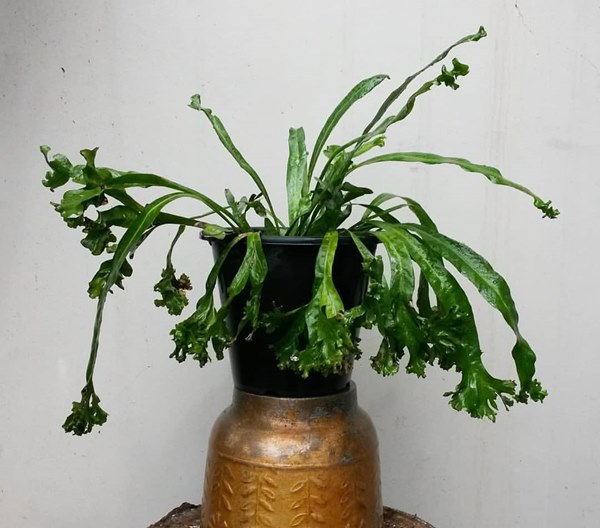
Scientific Name: Campyloneurum phyllitidis
As the name suggests, this ornamental fern has long strap-shaped foliage that grows from the center. This fern was particularly popular in the Victorian era in England and might act as a great conversation starter.
19. Christmas Fern
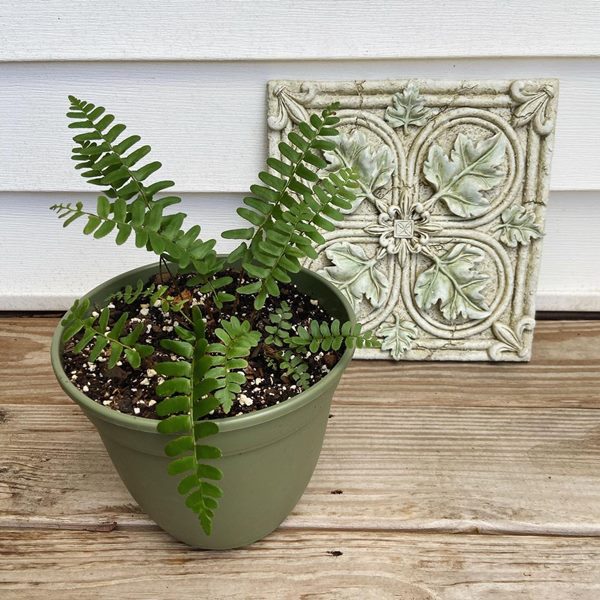
Scientific Name: Polystichum acrostichoides
The glossy green fronds of this fern remain robust and will remain green throughout the holiday season. It’s easy to establish and propagate, provided you grow it in a well-draining mix and shade.
20. Asparagus
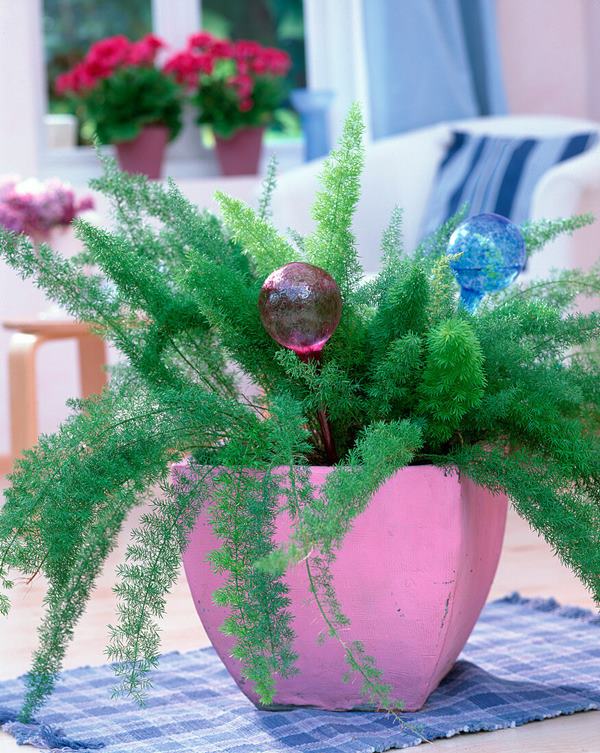
Scientific Name: Asparagus aethiopicus syn. Asparagus densiflorus
Asparagus fern is a member of the Liliaceae family and is not a fern in the true sense, although it does resemble ferns. Its feathery leaves add an extra dimension to the plant when grown in hanging baskets.
21. Frosty Fern
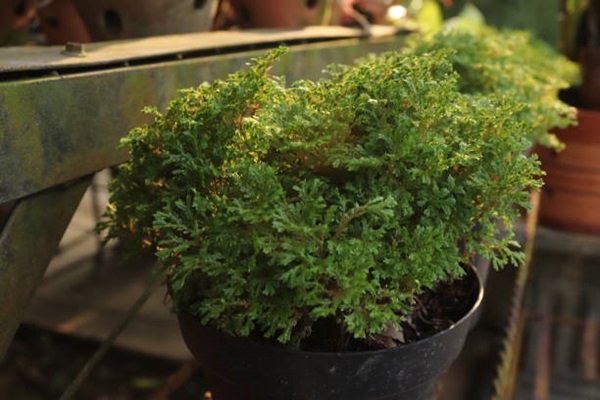
Scientific Name: Selaginella kraussiana var.
Another houseplant on the list that’s not a fern but is closely related to the fern family. This spike moss of the Selaginella family has new growth in whitish hues giving it a frosted appearance. It does well in terrariums due to the high humidity needs.
